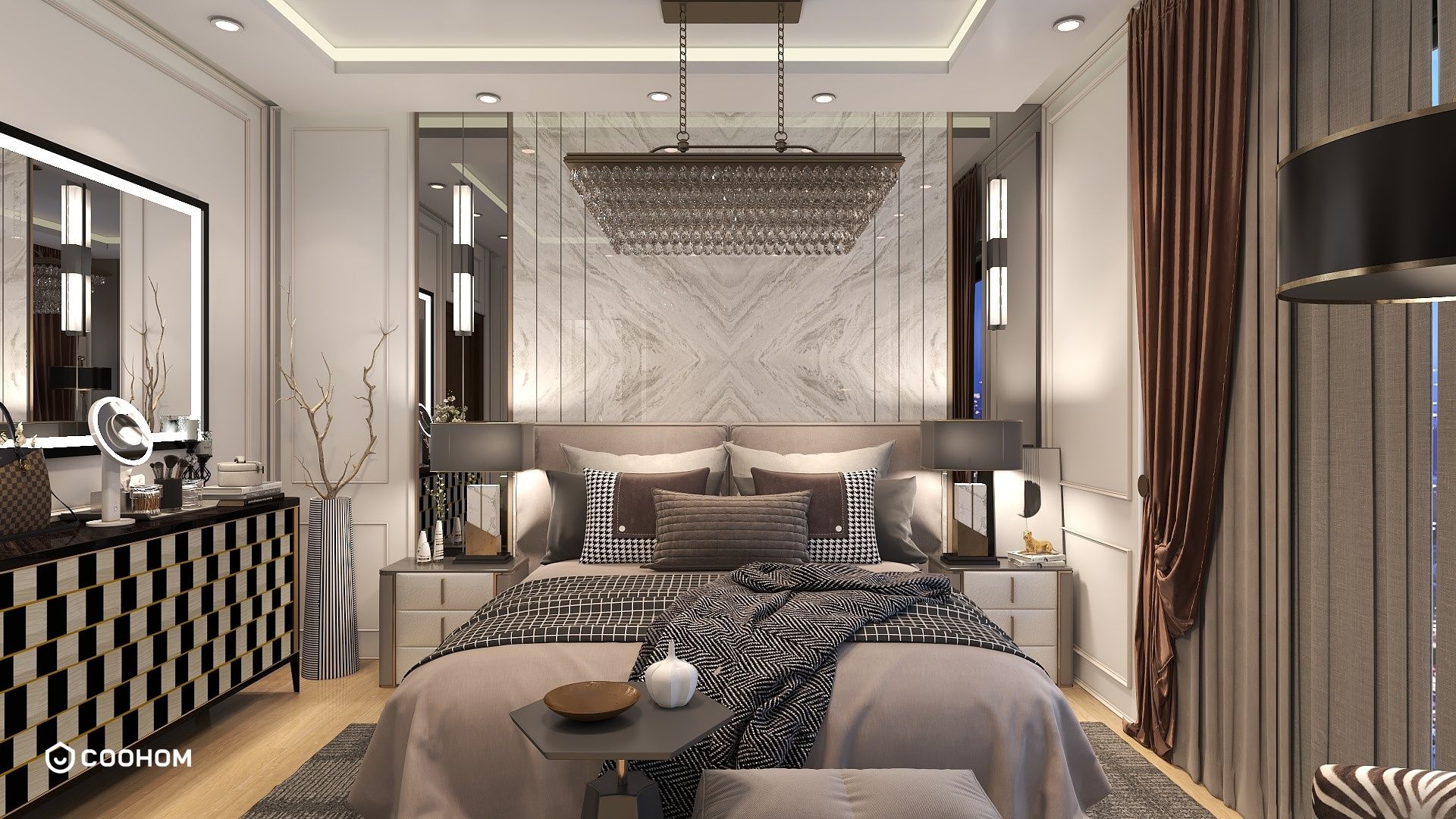Sketchup model 2d floor plan: Create Stunning 2D Floor Plans Using Sketchup

Creating a 2D floor plan using Sketchup can be a rewarding experience for both amateur and seasoned designers. Whether you are planning to remodel your home or design a new space from scratch, Sketchup offers a wide range of tools to help you visualize your ideas. In this article, we will explore the steps involved in creating a 2D floor plan, as well as some tips to enhance your design process.
First, you need to start by setting up your Sketchup workspace. Open Sketchup and select the template that best fits your project. If you are unsure which template to use, the architectural template is a great starting point, as it provides you with the right measurements and scale settings for floor planning.
Once your workspace is set up, it’s time to draw the outline of your floor plan. Use the rectangle tool to create the outer walls of your design. Remember to keep the scale in mind; a well-planned floor plan should represent the actual dimensions of your space. To ensure accuracy, make use of the measurement box that appears while drawing. You can type in the exact dimensions you want, and Sketchup will create the shape accordingly.
After establishing the outer walls, you can start adding interior walls to define different rooms. Use the line tool to draw additional walls. Make sure to group your walls so that you can easily modify the layout later if needed. Grouping items in Sketchup helps to keep the model organized and manageable.
Now that your basic structure is in place, it’s time to add doors and windows. Sketchup has a vast library of components that you can access. Simply navigate to the 3D Warehouse and search for doors and windows that fit your design. Download the components and place them in the appropriate locations in your floor plan.
Next, consider adding furniture and fixtures to your 2D floor plan. This will provide a better sense of space and flow. You can either create your own furniture models or download pre-made ones from the 3D Warehouse. Place them in your design and adjust their positions as needed to optimize the functionality of your layout.
An important aspect of creating a floor plan is ensuring that your design adheres to building codes and regulations. Be sure to check local building codes for requirements regarding room sizes, exits, and accessibility. This will help you create a floor plan that is not only beautiful but also functional and compliant.
Once you are satisfied with your 2D floor plan, it’s time to present your design. Sketchup allows you to export your model in various formats, including PDF and images. This makes it easy to share your design with clients, friends, or family for feedback.
In conclusion, creating a 2D floor plan using Sketchup is a straightforward process that can be accomplished with a little practice and creativity. By following the steps outlined above, you can create a functional and visually appealing floor plan that meets your design needs. So grab your computer and start sketching your dream space today!
Tips 1:
Utilize layers in Sketchup to manage different elements of your design, making it easier to edit and collaborate on your project.
FAQ
welcome to Coohom
Please check with customer service before testing new feature.

